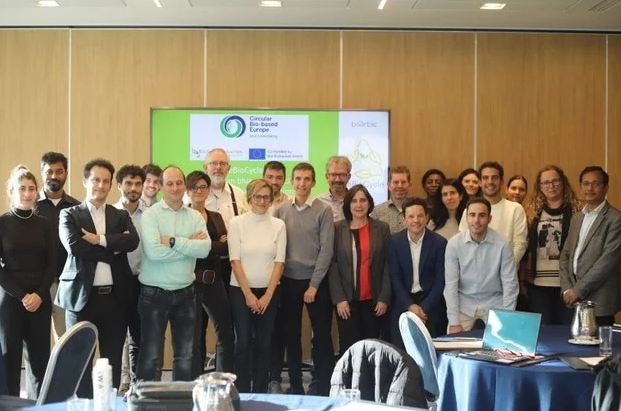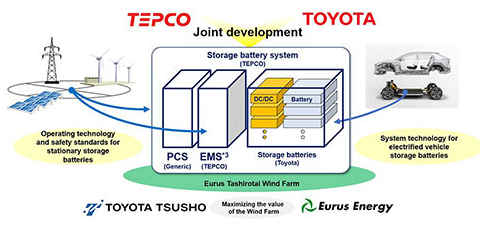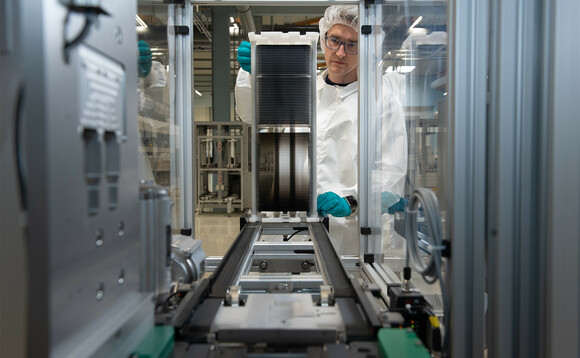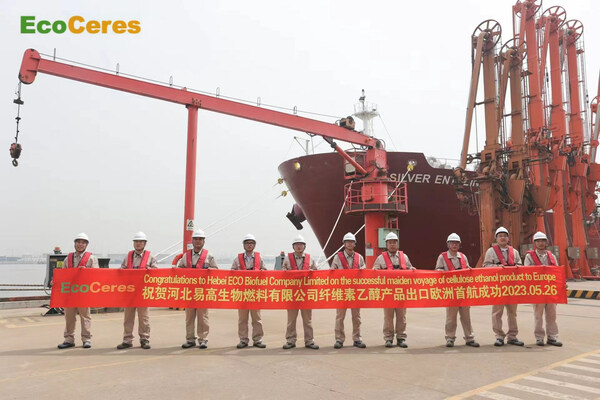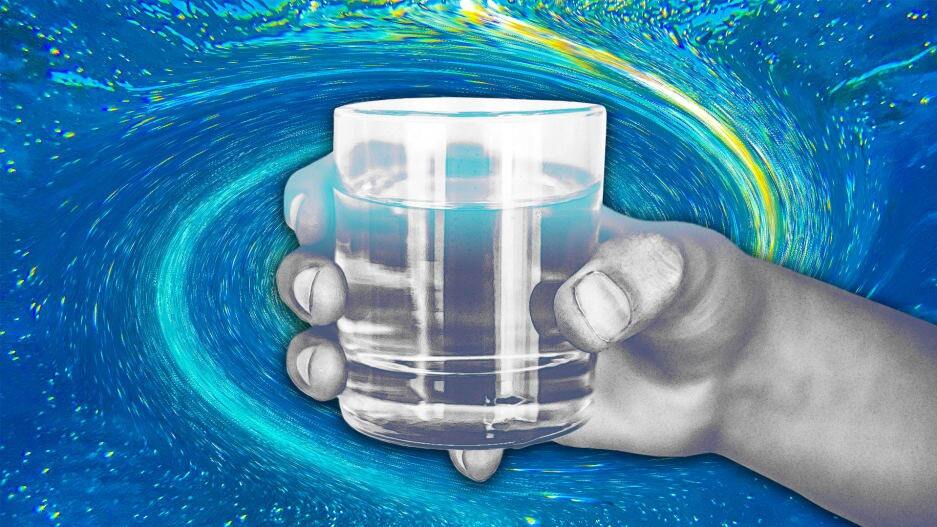It is becoming clearer with every passing year that countries have to do more than reduce carbon emissions to keep the global temperature rise in this century at 1.5-2°C relative to pre-industrial levels. Capturing and storing the carbon that has already been released into the atmosphere is vital.
The most natural way to do it is by expanding our forest cover and removing carbon from the air through photosynthesis. Forests account for nearly half of carbon storage on land. Every acre converted to a forest can store three tonnes of carbon dioxide every year, according to the World Resources Institute. This method is cheap,costing under $50 per tonne of carbon. Compare this with direct air capture through chemical reactions, which is fast gaining traction.
Carbon Engineering, a Canadian company founded in 2009, is building a machine in the US that can capture 1 million tonnes of carbon every year, which can then be stored underground or used in oil recovery. Direct air capture costs 2-5 times more than afforestation. Other companies in the space include Climeworks in Switzerland and Global Thermostat in the US.
Carbon emissions worldwide in 2018 were over 37 billion tonnes, according to the Global Carbon Project. Direct air capture, which is in its early stages, could over the next few years find wider acceptance as costs decline. It is also not as land intensive as afforestation or soil carbon capture on farms.
There are also other technologies like bio-energy with carbon capture and storage (BECCS), which involves growing crops to be used in biomass power plants, the carbon emissions of which are captured and stored underground. But there are still questions about its financial viability and environmental sustainability.
Scientists are also looking beyond land to sequester carbon in the ocean while at the same time reducing acidification — which adversely impacts marine life —caused by a rise in CO2 emissions. These different methods of carbon capture should occupy a larger share of the climate discourse in the coming years so that doomsday predictions do not become real.
